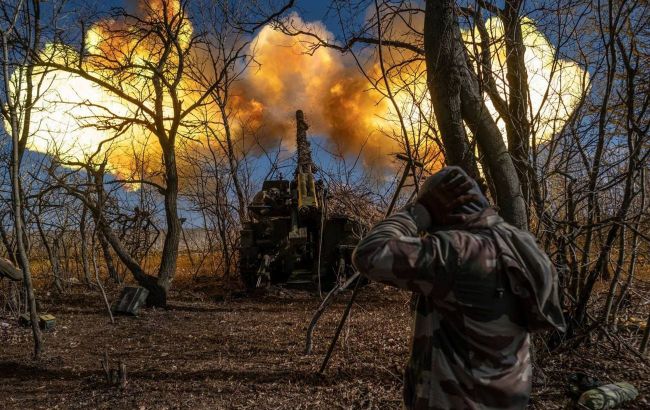Moody's predicts how long the Ukraine war could drag on
 Photo: Russia's war with Ukraine will continue for the foreseeable future (Getty Images)
Photo: Russia's war with Ukraine will continue for the foreseeable future (Getty Images)
International credit rating agency Moody’s remains skeptical about the prospects of ceasefire negotiations in Ukraine.
The agency does not expect significant progress in negotiations in the short term. Moody’s baseline assumption is that the war will continue in the foreseeable future, and that by the end of the year some form of ceasefire agreement may be reached.
Even if some agreement is reached, the credit implications of a ceasefire or a negotiated settlement will depend on the reliability of Europe’s security guarantees, the defense capabilities of Ukraine’s military, and the country’s ability to preserve its independence amid Russia’s attempts at political interference, the statement says.
Problems in the economy
According to analysts, the impact of the war with Russia will continue to create long-term problems for Ukraine’s economy and public finances.
Despite the resilience of Ukraine’s economy under wartime conditions, a labor shortage and ongoing Russian military attacks on critical energy infrastructure contributed to a slowdown in the second half of 2024, the statement says.
The agency expects the economy to continue slowing in 2025, with real GDP growth expected to decline to 2.5% from 2.9% in 2024. Economic growth will remain subdued in 2026 and 2027.
Ukraine’s credit rating
Moody’s has affirmed Ukraine’s long-term foreign and local currency ratings at Ca (high risk of default) and maintained a stable outlook.
Despite significant financial support from international partners, the agency expects the war to continue placing serious pressure on Ukraine’s public finances and external position.
The agency notes that an agreement on restructuring Ukraine’s GDP warrants has not been reached, and a missed payment at the end of May is considered a default event.
A reduction in financial support for Ukraine or fatigue with domestic reforms would increase the risks to debt sustainability, which could lead to further debt restructuring with potentially significant losses for private sector creditors. This could result in losses of 35% to 65% of the nominal value of the affected debt instruments. Moody’s also does not rule out a sharp devaluation of the hryvnia.
Earlier, international agency Fitch Ratings noted that the US administration’s stated goal of ending the war could lead to a negotiated ceasefire. However, reaching a peace agreement remains unlikely due to the irreconcilable positions of Russia and Ukraine.
In March, the IMF updated its baseline scenario, according to which Russia’s war against Ukraine would end in late 2025.

